One of the world’s last two northern white rhinos is being retired from a breeding programme aimed at saving the species from extinction.
Najin, 32, is the mother of Fatu, who is now the only donor left in the programme, which aims to implant artificially developed embryos into another more abundant species of rhino in Kenya.
There are no known living males and neither of the two remaining northern white rhinos can carry a calf to term.
Northern white rhinos, which are actually grey, used to roam freely in several countries in east and central Africa, but their numbers fell sharply due to widespread poaching for their horns.
A Biorescue team led by researchers from the Leibniz Institute for Zoo and Wildlife Research in Germany has been racing against time to save the world’s most endangered mammal.
“The team has reached the decision to retire the older of the two remaining females, 32-year-old Najin, as a donor of egg cells,” Biorescue said in a statement, citing ethical considerations.
Najin’s advanced age, and signs of illness, were taken into account, they said.
Scientists hope to implant embryos made from the rhinos’ egg cells and frozen sperm from deceased males into surrogate mothers.
“We have been very successful with Fatu … So far we have 12 pure northern white rhino embryos,” David Ndeereh, the acting deputy director for research at the Wildlife Research and Training Institute, a Kenyan state agency, told Reuters.
“We are very optimistic that the project will succeed.”
The team hopes to be able to deliver its first northern white rhino calf in three years and a wider population in the next two decades.
This article was first published by The Guardian on 21 October 2021. Lead Image: Scientists cited age and ill health for their decision to retire Najin, 32, from the breeding programme to save the species from extinction. Photograph: Ben Curtis/AP.
What you can do
Support ‘Fighting for Wildlife’ by donating as little as $1 – It only takes a minute. Thank you.
Fighting for Wildlife supports approved wildlife conservation organizations, which spend at least 80 percent of the money they raise on actual fieldwork, rather than administration and fundraising. When making a donation you can designate for which type of initiative it should be used – wildlife, oceans, forests or climate.
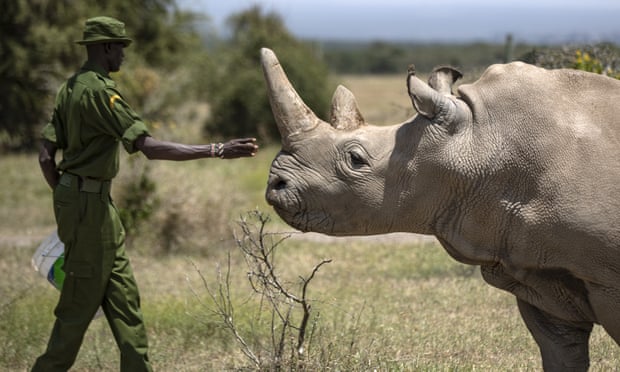
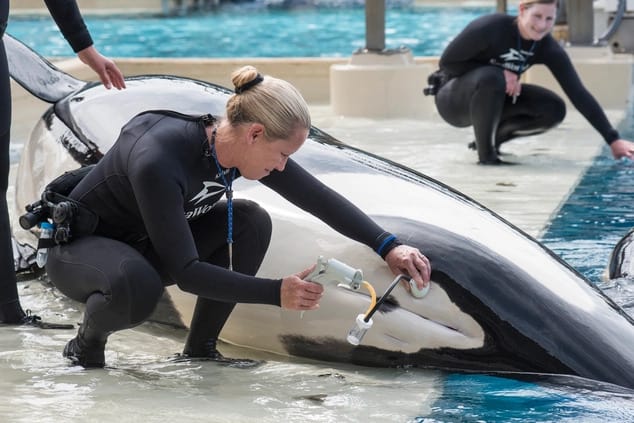
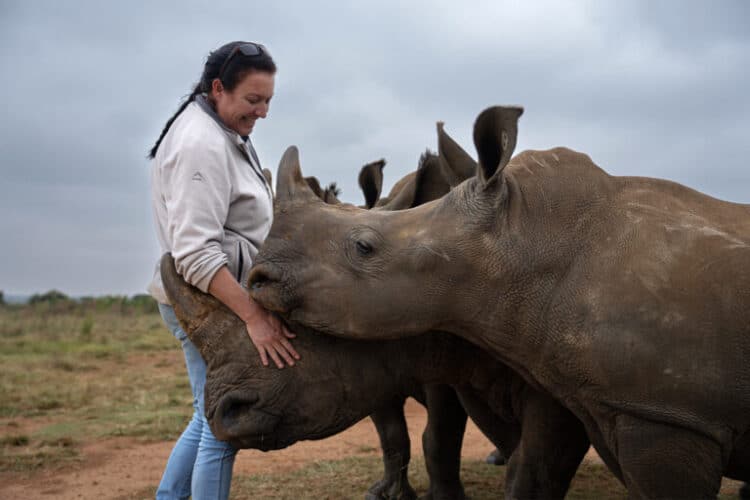

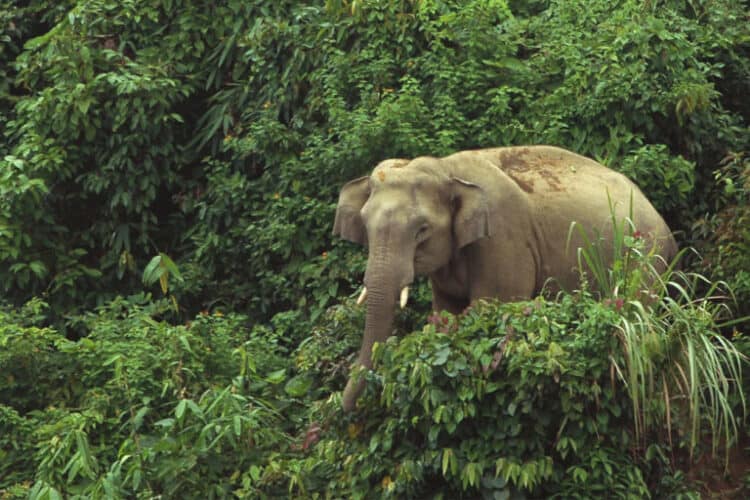

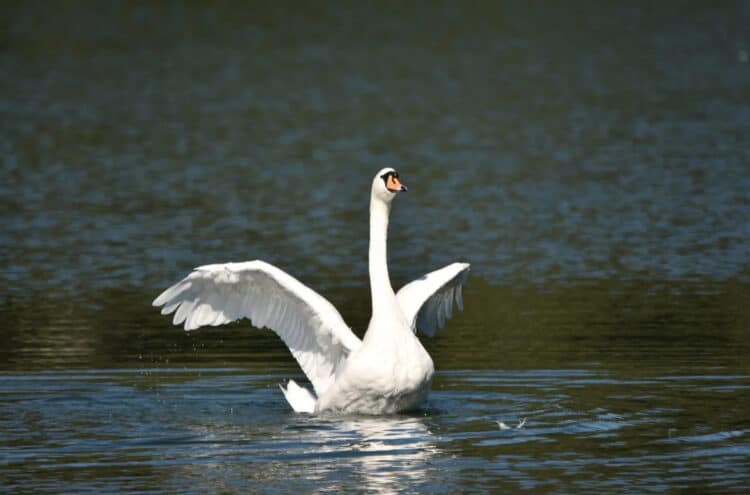
Leave a Reply